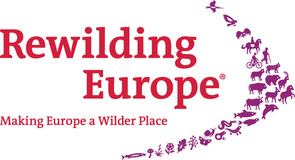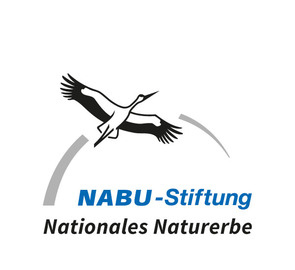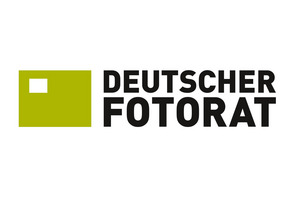The jury´s comment 2016
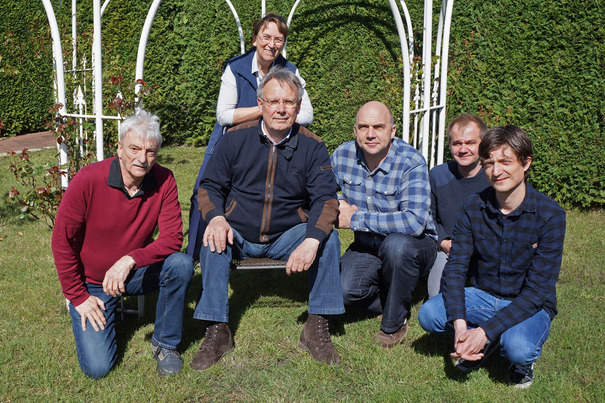
By Patrick Brakowsky
An air of expectant anticipation charges the atmosphere as a handful of jury members gather in a dark room in front of an illuminated screen for several hours to assess the results of often quite demanding nature photography work. But before delivering their professional judgement, something else is more important: the pleasure of great images and the desire to gain new perspectives of our natural environment through the means of photography. Admittedly, this is no humble aim in the days of an ever-present flood of images, and as a judge you find yourself repeatedly falling into the disparaging thought pattern "seen it all before". But then there are moments of stunned amazement over the possibilities photography has to offer. And finally the revelation: "This I have never seen before".
behind: Gisela Pölking
ahead left: Paul Kornacker, Jan van der Greef, Solvin Zankl, Wettbewerbsleiter Marc Hesse und Patrick Brakowsky
The Fritz Pölking Prize is perfectly suited for such eureka moments, as it allows the photographer to go beyond a single image, continuing the narrative of a subject, exploring it artistically as well as in content-related ways and thus finding his or her personal photographic language. But it is a shame, as has been the case in previous years, that only few photographers have succeeded in doing just that. Instead of advancing a story, the series of images often got lost in repetitions, or they lacked coherence in both content and style. Accordingly, we proceeded through the first judging rounds with speed until we settled on a selection of favourite entries in the adult and junior category. In this final phase of judging, we perused the images by Norwegian Audun Rikardsen. These were photographs of great intensity, introducing the viewer immediately to a complex narrative. The portrait of a highly contested habitat, where the interests of whales, herrings and humans clash, shot from unusual, rarely seen angles. And this was, after all, what we had hoped for: new perspectives. The photographer succeeds in accomplishing a symbiosis between a powerful photo report and atmospheric wildlife photography. He masterly knows how to use light – or rather darkness – using his self-built flash system in the depth of the polar winter to stage a humpback whale swimming and explosively exhaling air at the surface of the water in a rather mystical way.
In another picture, he shows – in a journalistic vein - a more dangerous moment when an orca approaches the full nets of a fishing boat. Despite these seemingly contrasting styles, Audun Rikardsen remains consistent in his work, always showing the animals within the context of their environment or particular situation. His split-level perspective always helps him to connect the different levels of his narrative. Whales – landscapes – herrings – fishing boats – birds in the sky: Audun never loses sight of his context and tells his story with great familiarity and sincerity.
Similar to Audun Rikardsen, who connects his scientific research with photography, is young Frenchman Quentin Martinez’s approach in his photography. However, he takes us to totally different parts of the world: to the tropics of French-Guiana and Borneo as well as to France. The biology student's aim is to raise awareness for the local fauna, especially for amphibians and reptiles, and he also succeeds in harmonizing his own research with the creative means of nature photography, thus creating powerful images. Quentin takes us with him into the tropical undergrowth, leads us to hidden places, plunges into amber-coloured rivers and grants us, as it were, insights into the vast habitat of very small animals. There is something mysterious often dark about his images, yet, they express a kind of fragility, voicing one of the central ideas of nature photography: the protection of nature and the environment. With his ambitious approach and powerful pictorial language he came out on top despite the always keen competition in the junior category. Although we may be familiar with these animals, this portfolio provides the gift of new perspectives. This is something we should sincerely thank both awardees for.


